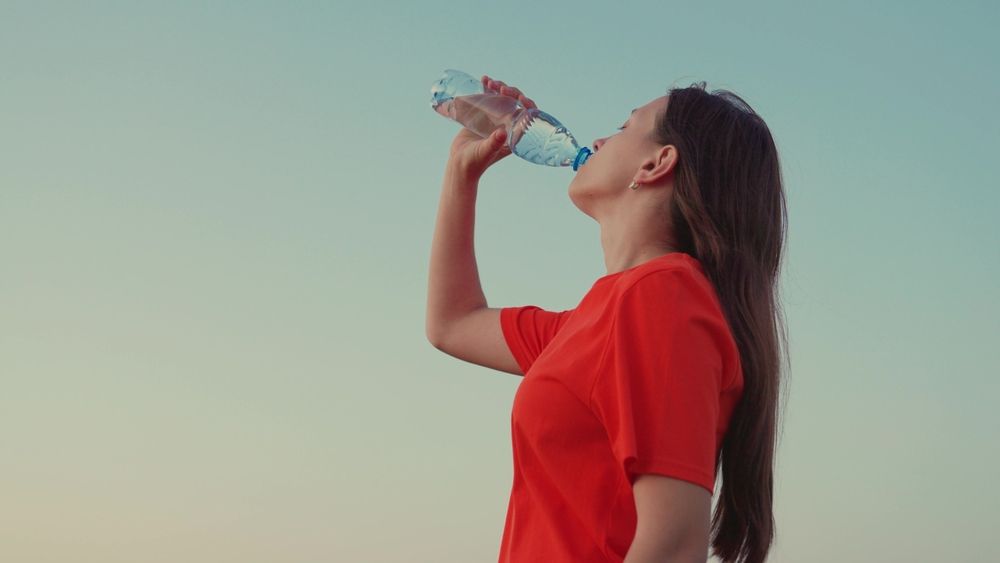
Hydration is often the unsung hero of wellness, particularly as we age. With nearly 30 years of experience as a Board-Certified Family Practitioner, I’ve witnessed how small yet powerful changes, like maintaining proper hydration, can dramatically enhance energy, focus, and overall well-being. Now, as the Senior Medical Director for Prime IV Hydration & Wellness, I help individuals—especially those over 50—unlock their full potential with smarter hydration and nutrient strategies.
Here’s the inside scoop: hydration isn’t just about drinking more water. The real secret lies in achieving the perfect balance of fluids and nutrients to meet your body’s evolving needs. Together, let’s delve into why hydration becomes increasingly vital as we age, common pitfalls to avoid, and practical strategies to stay ahead of the curve.
Mistake: Relying Only on Thirst to Signal Dehydration
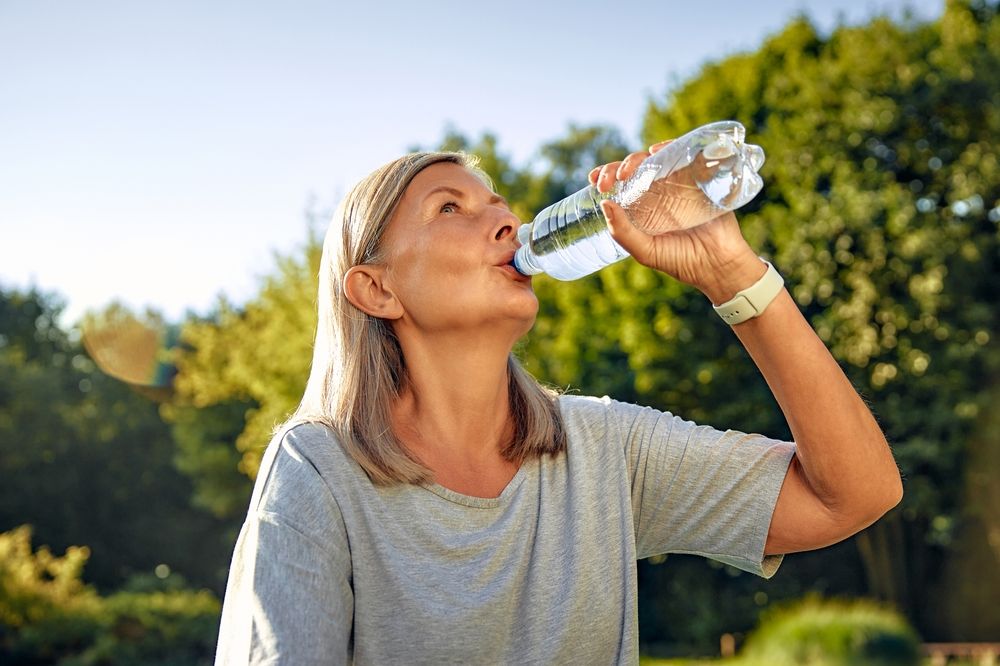
Why It’s Harmful: As we age, our thirst mechanism becomes less reliable, meaning older adults might not feel thirsty until dehydration has already set in. This can lead to issues such as dizziness, fatigue, and even an increased risk of falls.
Easy Fix: Establish a consistent hydration routine by drinking fluids regularly throughout the day, even if you don’t feel thirsty. For those who struggle with severe dehydration or need rapid recovery, IV hydration therapy can be a game-changer. At Prime IV, we often recommend infusions enriched with electrolytes, magnesium, and other essential nutrients to support long-lasting hydration.
Real Patient Example: A 65-year-old gardening enthusiast frequently experienced dizziness after long hours outdoors. By setting hydration reminders and starting monthly IV treatments customized to replenish electrolytes and vitamins, they saw a remarkable boost in energy and a significant reduction in dehydration episodes.
Mistake: Drinking Too Much Water Without Electrolytes
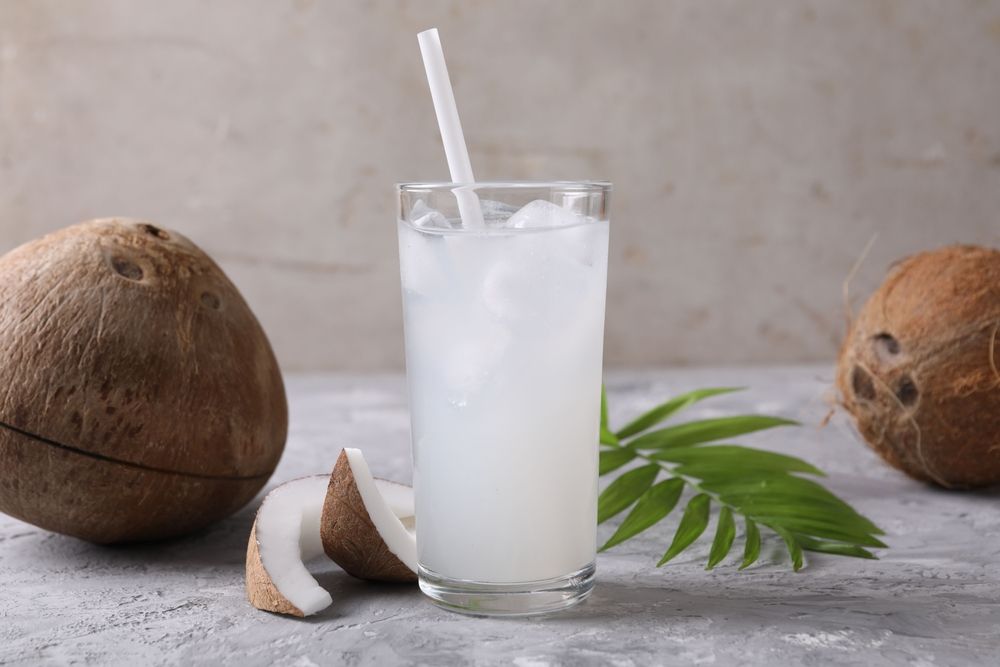
Why It’s Harmful: Overhydration can dilute vital electrolytes in your body, leading to symptoms like muscle cramps, nausea, confusion, and, in severe cases, seizures or even death.
Easy Fix: Balance your water intake with electrolyte-rich options, such as coconut water or low-sugar hydration mixes. Beverages like these are excellent for daily hydration, but for rapid electrolyte replenishment after extended dehydration, IV therapy provides a more advanced and effective solution.
Real Patient Example: A 58-year-old runner struggled with persistent fatigue and muscle cramps despite drinking a gallon of water daily. By simply adding an electrolyte mix to one of her water bottles, she resolved her cramps and saw a noticeable improvement in her performance.
Mistake: Over-Reliance on Caffeinated Beverages
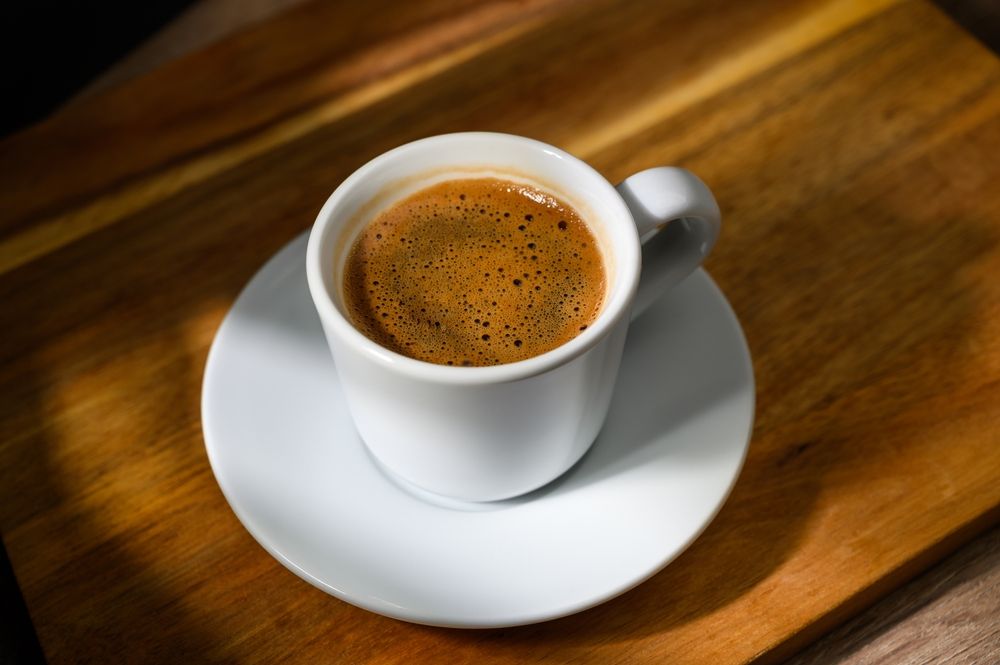
Why It’s Harmful: Caffeine acts as a diuretic, which can increase fluid loss and worsen dehydration.
Easy Fix: Keep caffeine intake to 1–2 cups per day and follow each cup with an equal amount of water. If staying hydrated is a challenge, consider treatments like a B-complex vitamin IV to combat caffeine-related fatigue and restore energy levels.
Real Patient Example: A patient in their 60s frequently experienced headaches and discovered that reducing coffee consumption while increasing water intake significantly alleviated their symptoms.
Mistake: Ignoring Morning Hydration

Why It’s Harmful: The body naturally becomes dehydrated overnight, which can result in morning grogginess and sluggishness.
Easy Fix: Begin your day with a glass of water before reaching for coffee or breakfast to rehydrate and jumpstart your energy levels.
Real Patient Example: A 70-year-old who struggled with morning fatigue made a simple change by drinking two glasses of water first thing every morning. They now feel noticeably more alert and energized to start the day.
Mistake: Failing to Adjust for Activity Levels
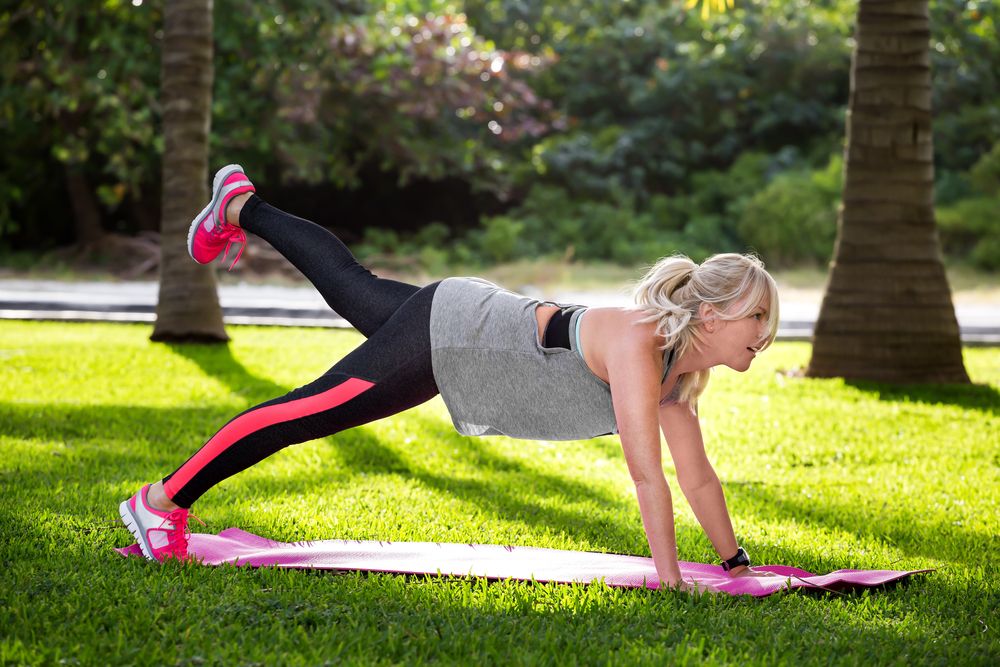
Why It’s Harmful: Physical activity increases fluid loss through sweat, yet many older adults fail to compensate with extra water intake during exercise.
Easy Fix: Drink an additional 8–16 ounces of water for every 30 minutes of activity. For those engaging in intensive physical activity, periodic IV therapy can help maintain optimal hydration and replenish key nutrients.
Real Patient Example: A 55-year-old avid hiker once suffered heat exhaustion after a strenuous hike. By incorporating regular hydration breaks into their routine, they were able to hike comfortably and avoid further issues.
Mistake: Avoiding Water at Night to Prevent Bathroom Trips
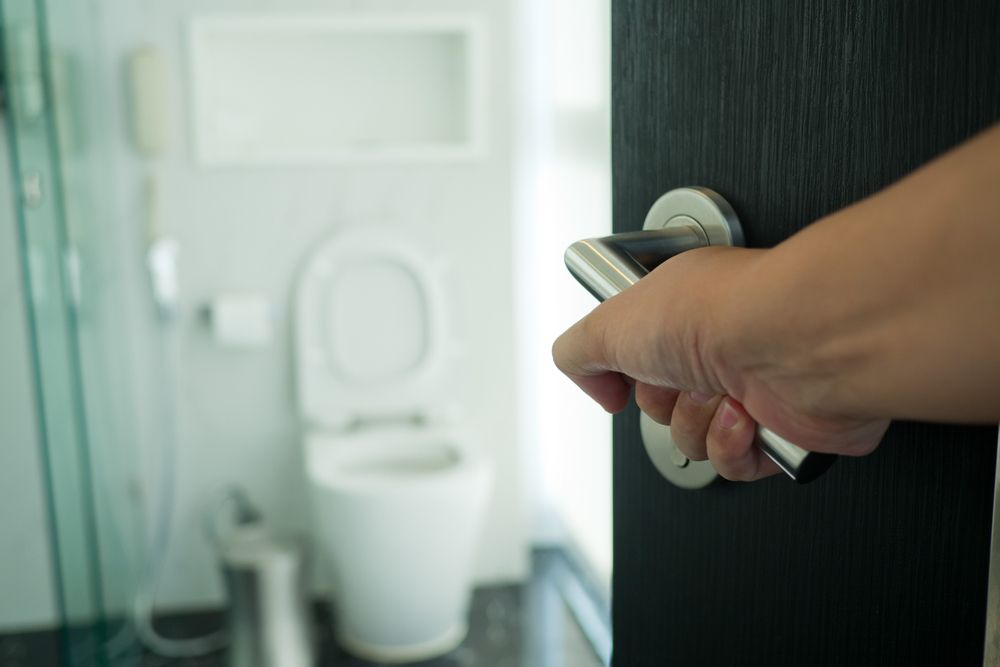
Why It’s Harmful: Dehydration during the night can disrupt sleep quality, leading to restless nights or morning headaches.
Easy Fix: Maintain hydration consistently throughout the day and opt for small sips of water in the evening instead of drinking a full glass at once.
Real Patient Example: A patient who avoided water after 6 p.m. experienced frequent nighttime leg cramps. By adjusting their hydration timing, they eliminated the cramps and improved their sleep quality.
Mistake: Drinking Only Plain Water
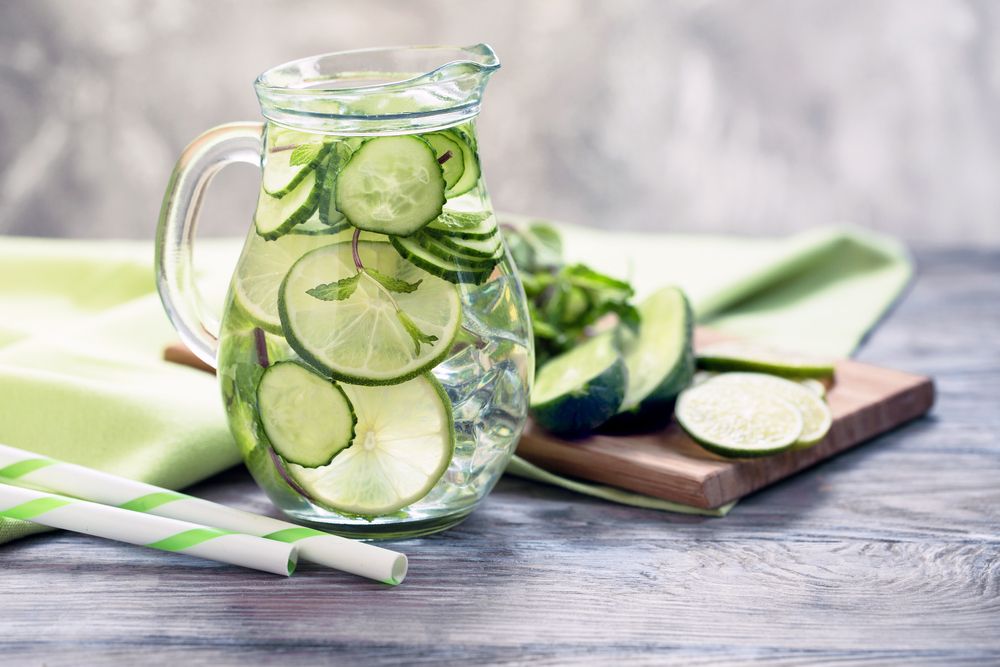
Why It’s Harmful: Plain water alone might not supply the necessary minerals to maintain a healthy electrolyte balance, especially during prolonged activity or hot weather.
Easy Fix: Alternate between plain water and electrolyte-rich beverages like herbal teas or fruit- and herb-infused water for a more balanced and enjoyable hydration routine.
Real Patient Example: A 60-year-old golfer discovered that drinking cucumber-mint water not only made hydration more refreshing but also helped them stay consistently hydrated on and off the course.
Mistake: Overlooking Signs of Dehydration
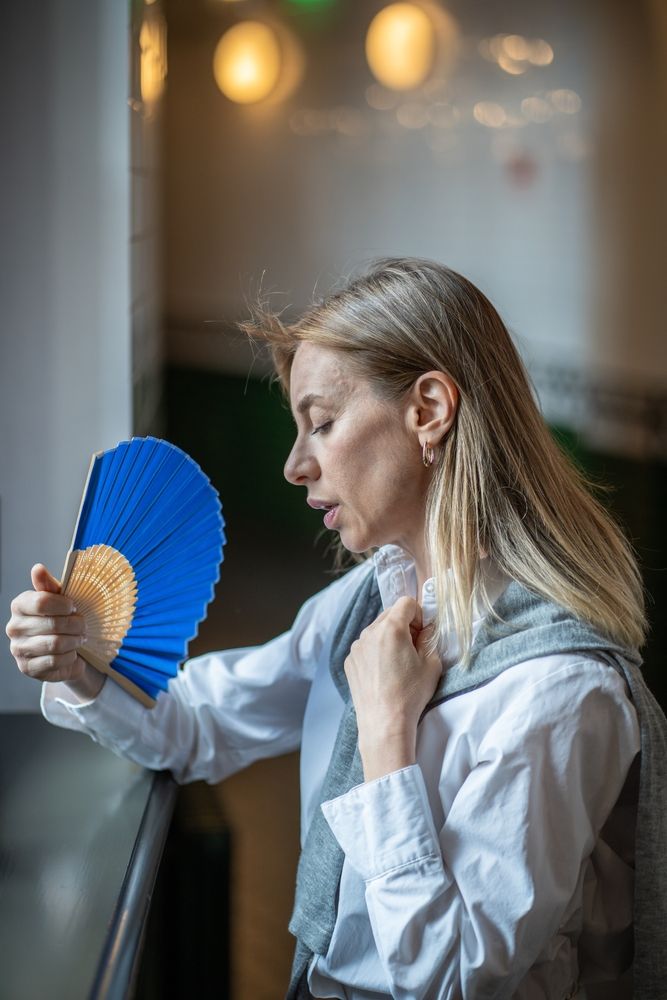
Why It’s Harmful: Subtle signs of dehydration, such as dry skin, dark urine, or muscle cramps, often go unnoticed and can lead to chronic hydration issues.
Easy Fix: Use urine color as a quick hydration check—aim for pale yellow—and support hydration by moisturizing your skin externally.
Real Patient Example: A patient experienced improved skin elasticity and significantly fewer muscle cramps after regularly monitoring their hydration and adopting these simple habits.
Mistake: Ignoring Hydration During Travel
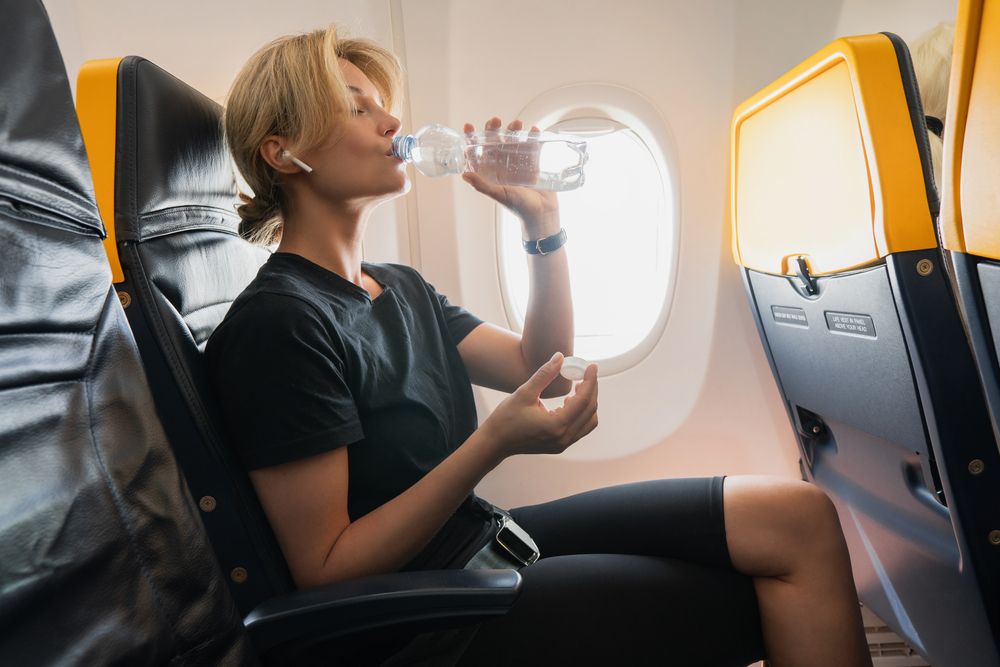
Why It’s Harmful: Long flights or road trips can dehydrate the body, as airplane cabins are kept at very low humidity levels, leading to increased fluid loss. This can contribute to jet lag, fatigue, and, in more serious cases, blood thickening, which raises the risk of blood clots.
Easy Fix: Always carry a refillable water bottle and hydrate consistently, especially during flights. For frequent travelers, IV hydration therapy can be a powerful solution to counteract the dehydrating effects of air travel, helping you arrive feeling refreshed and energized.
Real Patient Example: A retired couple significantly reduced their jet lag by staying well-hydrated and avoiding alcohol during flights, making their travels much more enjoyable.

